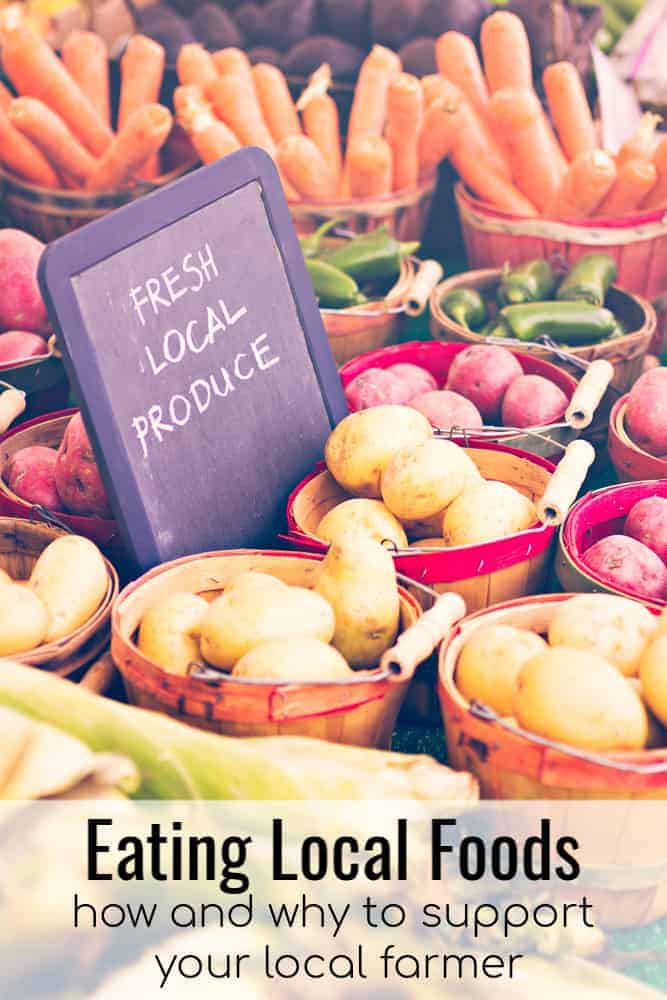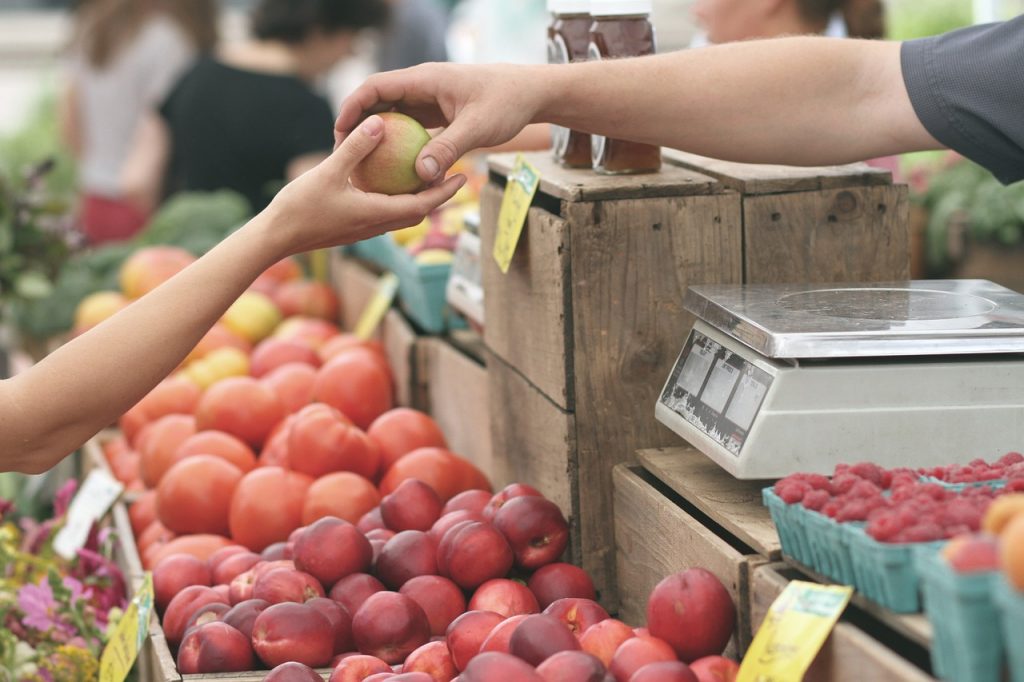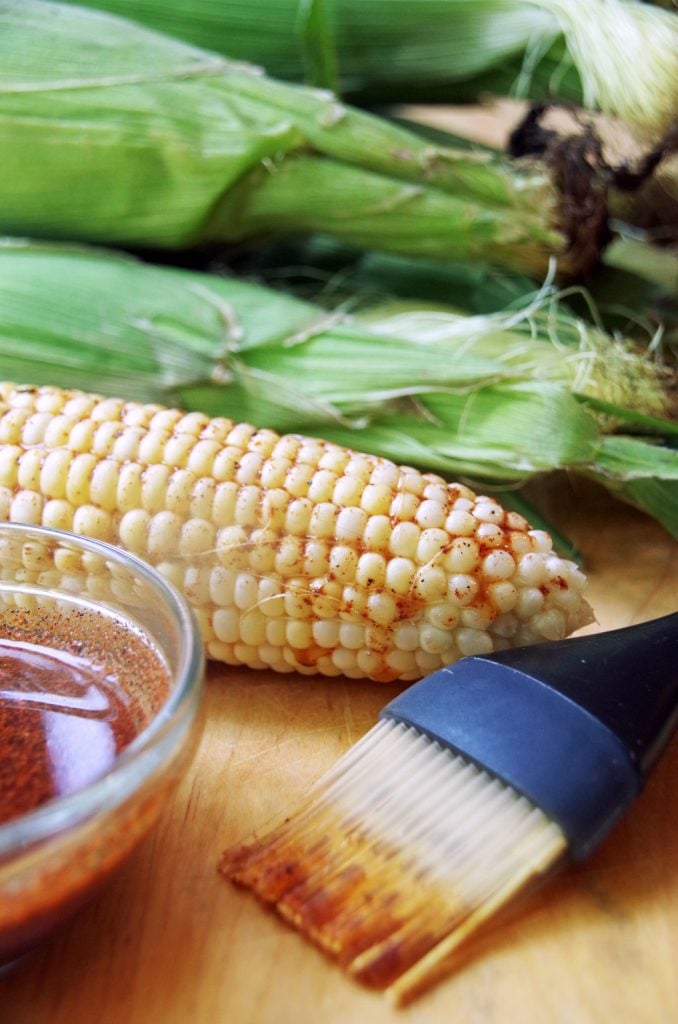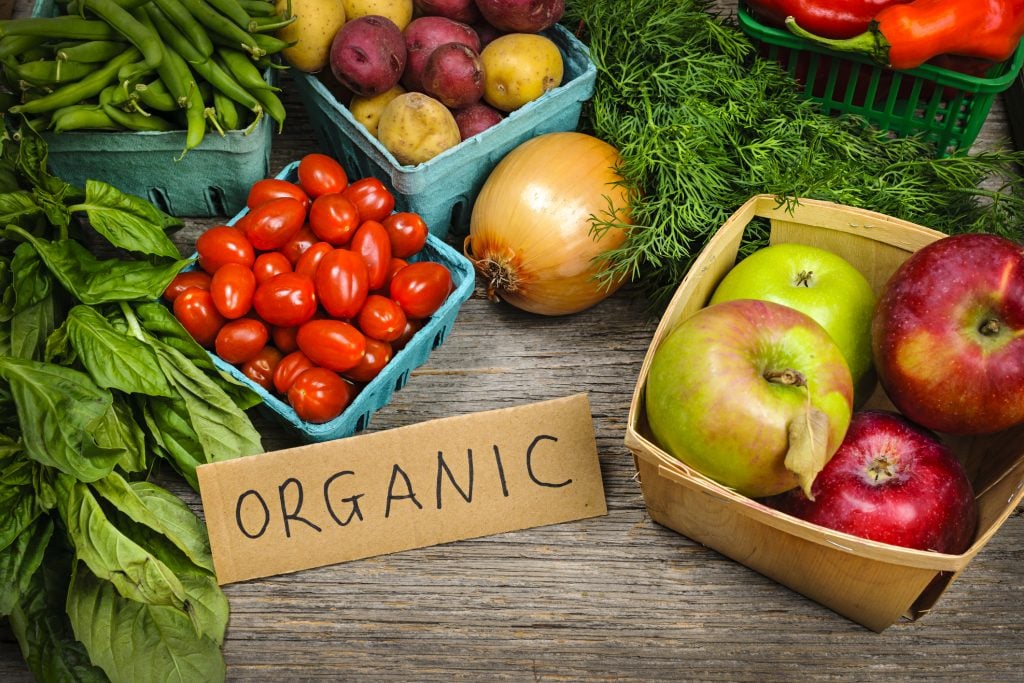I am always looking for educational opportunities to share with my children. A trip to the grocery store is a geography lesson all by itself. Apples from New Zealand, oranges from South Africa, and grapes from Chili. The list of countries goes on and on. It’s also a great time to teach kids the benefits of eating locally grown food.
Finding local food is challenging when you shop at a large chain grocery store but it is vital for a sustainable food supply! There are many reasons to eat local. From the health benefits of eating more local food grown food to supporting local farmers, what you buy (and where it comes from) really does matter. I thought I would take you through a few facts and figures and encourage you to look for locally sourced foods in your community whenever you can.
Posts feature partner companies & may be sponsored. Post contains affiliate links & I will be compensated if you make a purchase after clicking on links. As an Amazon Associate I earn from qualifying purchases.
Table of Contents
Eating Locally: Does it Matter?
So, what are the benefits of eating local food? We hear every day about how we live in a global economy. What price do we pay for transporting our food halfway across the country before we eat it?
Eating locally is difficult in a nation as interconnected as ours. There is a wonderful resource that you can read that is published by the National Resource Defense Council that goes into great detail about this topic. I am going to bore you with a couple of statistics…stick with me for just a minute!
✯Don’t want to miss the next post?✯
Follow Turning the Clock Back on Facebook | Twitter | Pinterest
Or join the private Facebook group for simple tips on going green!
Local Food Is More Nutritious
According to the Center for Health and the Global Environment, food that is allowed to ripen on the vine is more nutritious. Since the food that is coming from across the world cannot be allowed to ripen on the vine, its nutritional value is lacking compared to local produce.
Increased nutrition is just one of many benefits of eating local. Fresher produce is a better source of nutrients than out-of-season produce from halfway across the country. Growing your own food right in your own backyard is a great way to eat as locally as possible so I definitely recommend learning how to garden.

Eating Locally is Better for the Environment
According to the NRDC: “Imports by airplane have a substantial impact on global warming pollution. In 2005, the import of fruits, nuts, and vegetables into California by airplane released more than 70,000 tons of CO2, which is equivalent to more than 12,000 cars on the road.”
Obviously, the increased air pollution caused by fresh produce transportation has an impact on the allergy and asthma rates in this country. Just one of many ways that air pollution impacts our health.
Local Foods Support Local Farmers
Okay, enough statistics! You know those fresh fruits like apples, grapes, and oranges I mentioned earlier? Those are all items that grow in my region. I live in Central Georgia. North Georgia has loads of apples. Muscadine grapes grow wild all around my town. Florida (only a few hours away by truck!) is probably one of the most prolific orange-growing regions in the country.
So why is my food making a trans continental journey? Why doesn’t the food in my grocery store come from local farms? Eating more local food should be easy in an area with as many farms as the south has.

Where to Find Local Foods
So, now that you know the environmental and health benefits of eating locally grown food, where do you find it? When is the last time you saw a local farm? They aren’t as common as they used to be, unfortunately.
Find A Local Farmers Market
Shop your local farmer’s markets if you want to start eating locally! Here in Georgia, zucchini grows like a weed in the summer. Farmers are practically GIVING it away! If you would like to find a farmer’s market in your area, check out Local Harvest.
Learn to preserve your summer bounty either by canning, freezing, pickling, etc (check out my post on how to freeze rhubarb properly!). I recently got a book called Put ‘Em Up by Storey Publishing to help me learn to preserve the items I can find in season.
Peppers and onions can be sliced and/or diced and frozen back in convenient quantities for use in winter recipes. Last year, I stocked up on peaches and after removing the skins and slicing (15 minutes TOTAL for 3 pounds!) I froze them and made peach crisp several times over the winter. It does take some planning but it is not difficult to do!

Community Supported Agriculture
Community Supported Agriculture (CSA) is a type of agricultural direct marketing that involves a farmer and community members working together to support the farm. CSA members typically purchase a share of the farm’s season, which entitles them to a share of the farm’s weekly harvest.
CSAs often involve a direct relationship between the farmer and community members, which can include weekly newsletters, farm visits, and potlucks.
Community Supported Agriculture has a long history in the United States dating back to the early 1900s. The first CSA farm was started in Massachusetts in 1985. Today, there are over 12,000 CSAs operating in all 50 states.
The benefits of community-supported agriculture include fresh, locally grown food, support for small farmers, and a sense of community. CSAs can also help to reduce your carbon footprint by reducing the need for transportation of food. (unlike most supermarket produce!)
If you’re interested in community-supported agriculture, there are a few things to keep in mind.:
- First, find a CSA farm that is close to you. Many CSAs require members to pick up their share of the harvest at the farm, so it’s important to choose a farm that is convenient for you.
- Second, be sure to read the CSA contract carefully. Some CSAs have minimum purchase requirements, and some farms require members to work a certain number of hours on the farm each season.
- Finally, be prepared to eat seasonally. CSAs typically offer a variety of seasonal fruits and vegetables, so you’ll need to be flexible with your menu planning.
Resources to Find a Farmer
Use Local Harvest to find meat and poultry farmers, as well as produce. Some farmers require that you buy in bulk but if you can’t afford it or don’t have the room in your freezer, find a friend to buy a share with you! Nothing compares to the taste of grass-fed beef!
There are so many more issues surrounding our food production system than I have touched on in this article. The frequent egg recalls have brought to light the horrors of factory-farmed eggs, however local legislation (at least here in Georgia) makes it impossible for us to take control of our own egg production by raising chickens.
Other issues like the increased resistance of bacteria to antibiotics have been attributed to the massive use of antibiotics in livestock. Food-born illnesses are on the rise. Not to mention the humanitarian issues surrounding the raising of factory-farmed animals.
Eating locally will help reduce your carbon footprint but will also go a long way towards ensuring that your family is eating safe, nutritious food! And local growers will reap the economic benefits of local food.

Reducing the Carbon Footprint of Food
So, what if you can’t find local produce in your area? There are still ways to support sustainable agriculture. By making sustainable choices when it comes to food, you can help reduce your carbon footprint and make a positive impact on the environment. Even if you can’t always find local food or support local farmers, it is possible to reduce the environmental impact of your meals. here are a few tips that might help.
Learn to Eat Seasonally
One big problem is that we Americans are slightly spoiled. (really?) We want asparagus in August and apples in February. If we want zucchini in March we are going to need to import it from somewhere hot since it will not grow in the U.S in March. One important aspect of eating locally is learning to do without certain items when they are not in season.
So, what does this mean for my weekly shopping list? I still have a family to feed, right? What I try and do is buy as close to my home as possible. If it is a choice between North Carolina blueberries or California strawberries, this week…we eat blueberries.
Eating locally may require a bit of flexibility and creative shopping on your part. Or, check out my post on wildcrafting and learn how to forage for your own meal!

Choose Organic When Possible
I choose organic foods whenever possible. There is a great article put out by the Mayo Clinic all about organic food. I won’t go into detail but the effects of pesticides and fertilizers from traditional farming range from the Dead Zone in the Gulf of Mexico to possible increased risks of cancer, neurological issues, and possible hormone imbalances. These are all things listed by the Environmental Protection Agency as possible results of pesticide exposure.
Since my family is obsessed with bananas and I cannot find them growing locally, I choose organic, which I can easily find in my local Publix. They are a huge hit in my banana cinnamon rolls recipe! It’s not local, but I like to think I have reduced my carbon footprint a little bit by buying organic. Many local foods require fewer pesticides as well. This is just one of the many environmental benefits of eating locally.
Reduce food waste
According to the EPA, food waste is the single largest component of solid waste in the U.S. Reducing food waste is a simple way to reduce your carbon footprint.
Plant a garden
Growing your own food is a great way to reduce your carbon footprint. If you don’t have space for a garden, consider planting a few herbs or vegetables in pots.
Compost
Composting food waste keeps it out of landfills, where it emits methane, a potent greenhouse gas.
Final Thoughts
One important way to reduce your impact on the environment is to choose sustainable food options. Sustainable can mean a LOT of things, however. By choosing local foods, you make one small step towards a smaller food footprint.
But if you want bananas in Ohio, maybe choose the organic ones… or compost the peel. Every little step counts! Remember, try new foods and get creative with seasonal produce this summer. You might just find that you would rather have pawpaw from Georgia than a mango from Mexico!

Diane is a professional blogger and nationally certified pharmacy technician at Good Pill Pharmacy. She earned her BS in Microbiology at the University of New Hampshire and has worked in cancer research, academics, and biotechnology. Concern over the growing incidence of human disease and the birth of her children led her to begin living a more natural life. She quickly realized that the information she was learning along the way could be beneficial to many others and started blogging and freelance writing to share this knowledge with others. Learn more about her HERE.


